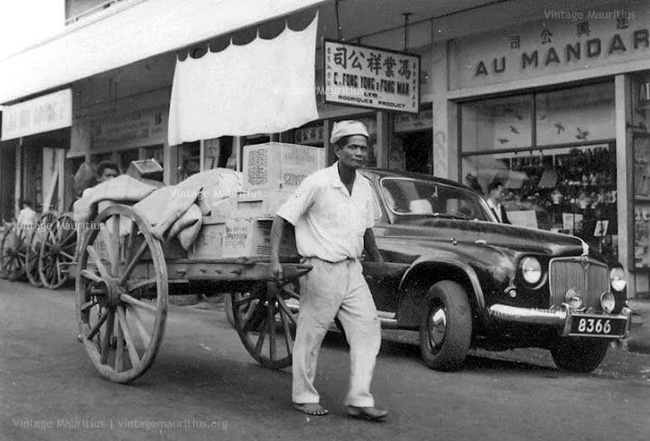Mauritius might be a very small island in the Indian Ocean but it was among the early countries in the world to benefit from the advantage of photography since the mid/late 19th Century, according to the Photography Museum in Port Louis. Of course, the process wasn’t as simple as it is today but still we should be thankful to how these photographers managed in a way or another to bring us visual images of the old times in Mauritius.
On the other side, while the island was still developing and the communication networks were being established, it didn’t benefit from a complete road network as from the early 19th century, which some years later also brought about the railway networks. Before that, all transportation were done by animal-drawn vehicles or human-effort carriages (palanquin, hand-carts). At the beginning of 1860, the transport of passengers and goods was undertaken by about 2,000 horses, 4,000 donkeys and 4,500 carriages and carts. During the french occupation period, the Governor Mahé de La Bourdonnais contributed a lot towards the creation of roads at important parts of the island, which later was further enhanced under the British occupancy.
Animal-drawn carriages/carts were still very common during the 1960s and the last ones were seen in 2012 where ox-carts were used to carry sugar-cane from the fields to the factory. Today everything is motorized.








